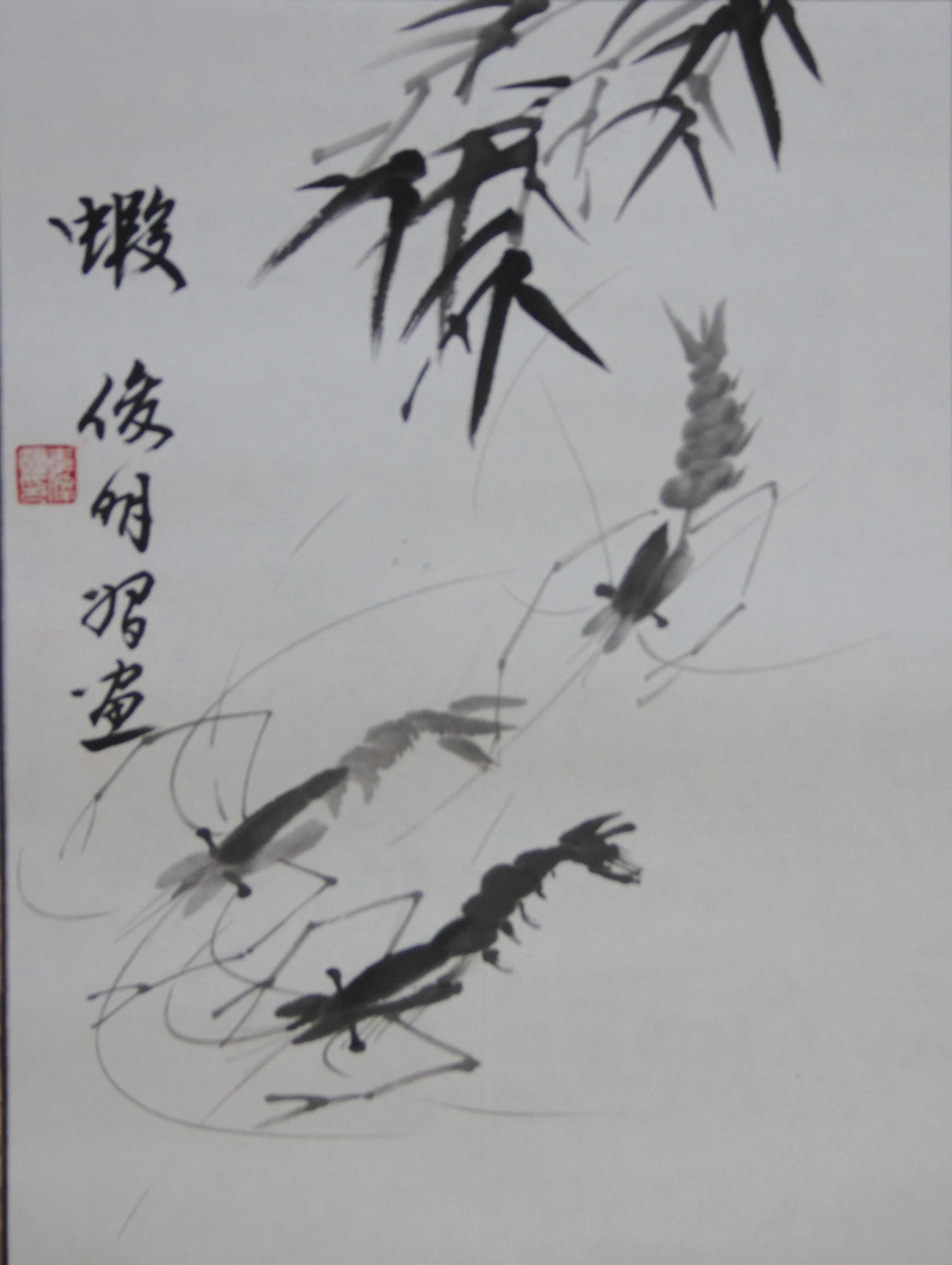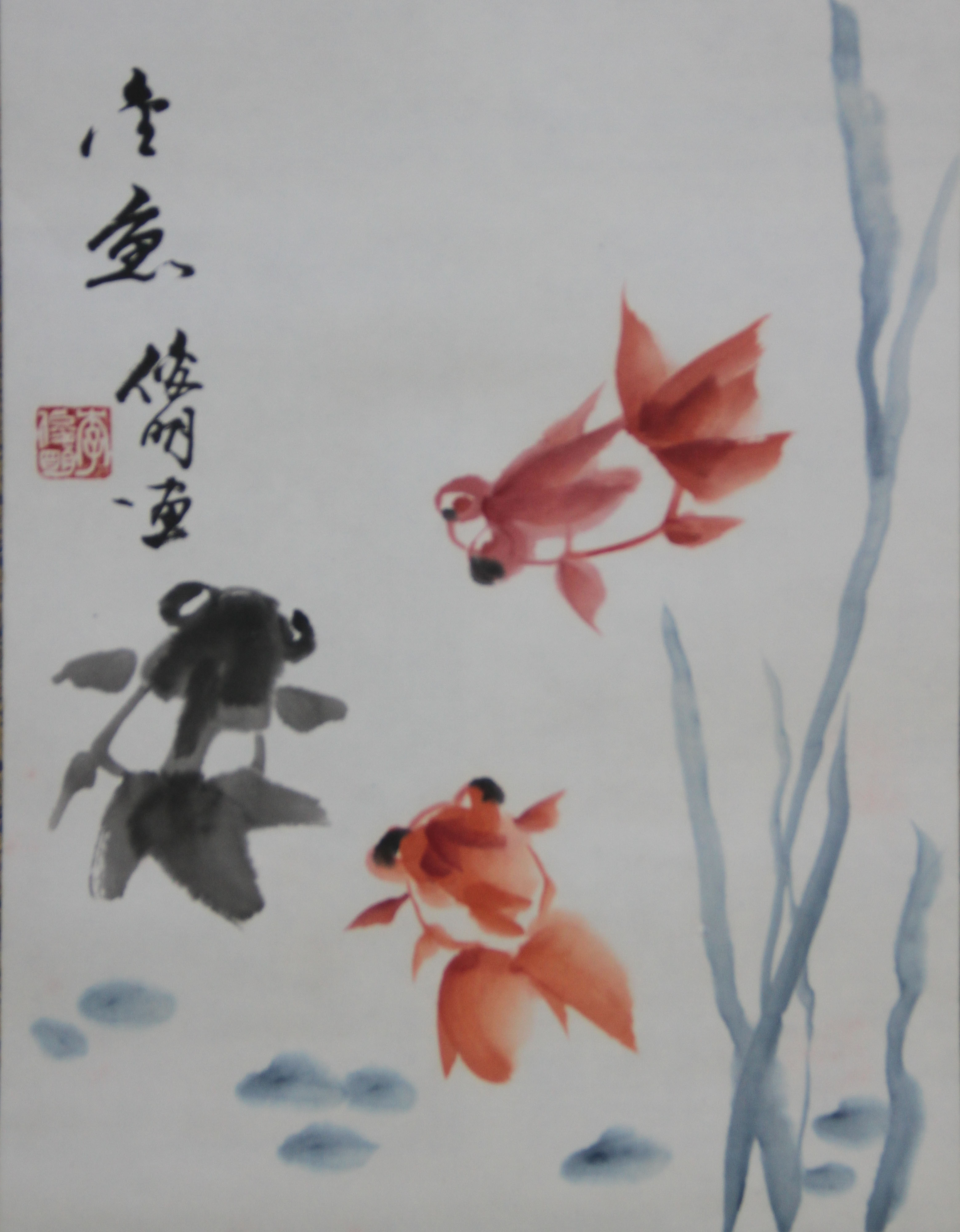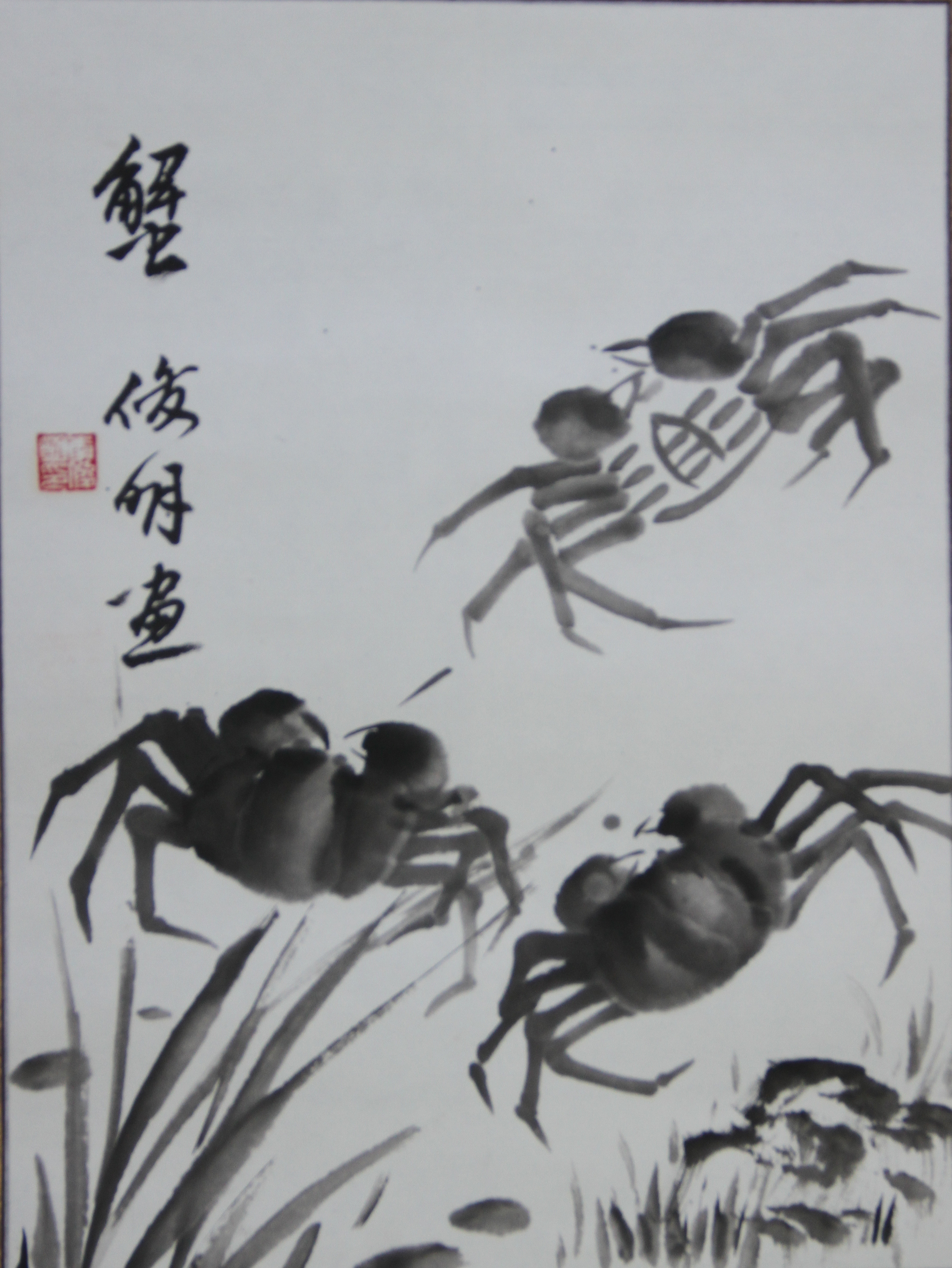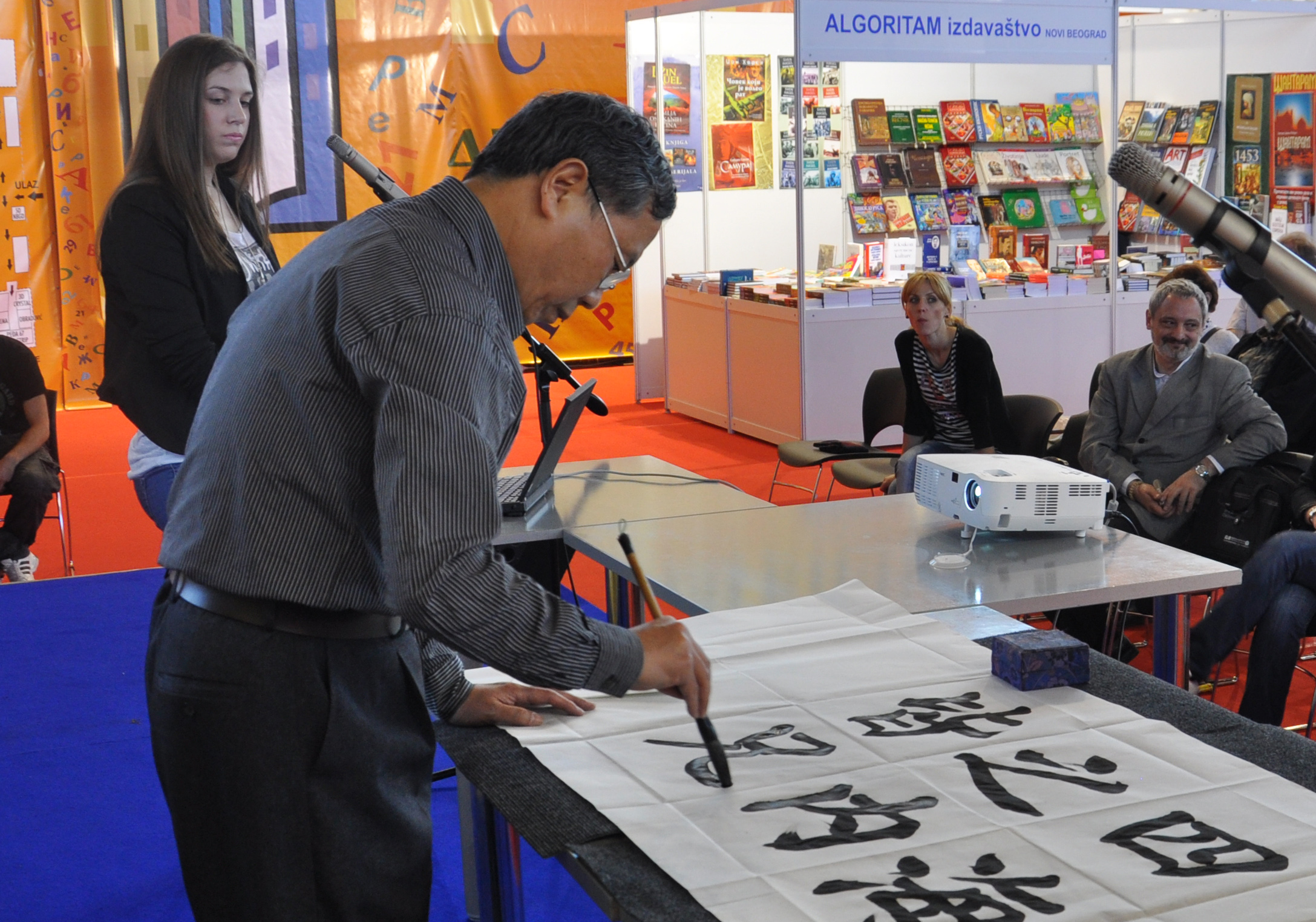A Taste of Chinese Painting and Calligraphy: Professor Li Junming’s (李俊明) Art Gallery
Chinese calligraphy is the highest form of Chinese art. It is the epitome of a five-thousand-year history of Chinese civilization, and it has evolved in tandem with the creation and development of Chinese characters. Nowadays, Chinese calligraphy is still one of the most representative art forms of Chinese cultures, and has wide practical value and characteristic artistic value. Calligraphy can not only bring the enjoyment of artistic beauty, but also mould one’s temperament and purify one’s mind.

Chinese painting is the traditional style of painting in China. It is one of the oldest artistic traditions in the world that is still practiced. It contains cultural literacy, mode of thinking, aesthetic and philosophical concepts, which reflect the characteristics, temperaments and wisdom of the Chinese people. Chinese painting uses a brush pen dipped in black or coloured ink to paint on paper or silk, always integrating poetry, calligraphy and seal cutting. It forms a unique system in the world’s painting circles because of its distinctive characteristics and styles.

As a calligrapher and Chinese painter, Professor Li Junming (李俊明) describes Chinese painting and Calligraphy as “wordless poems” and “soundless music”. Professor Li started learning Chinese painting and calligraphy from his father when he was a child, and later he was guided by famous Chinese calligraphy and painting educators Zhao Jiaxi (赵家熹), Liu Bingsen (刘炳森) and Qi Gong (启功).

He has been practicing and teaching Chinese calligraphy for decades, strongly holding on to the inheritance and development of traditional calligraphic art. He has held many exhibitions of calligraphy and published several calligraphy books both in his home country and abroad. He has rich experience in teaching calligraphy and painting both Chinese and international students. His classes are extremely popular among his students. He will be teaching calligraphy and painting courses at the Groningen Confucius Institute this September.

 Share on Facebook
Share on Facebook Share on Twitter
Share on Twitter Share on LinkedIn
Share on LinkedIn